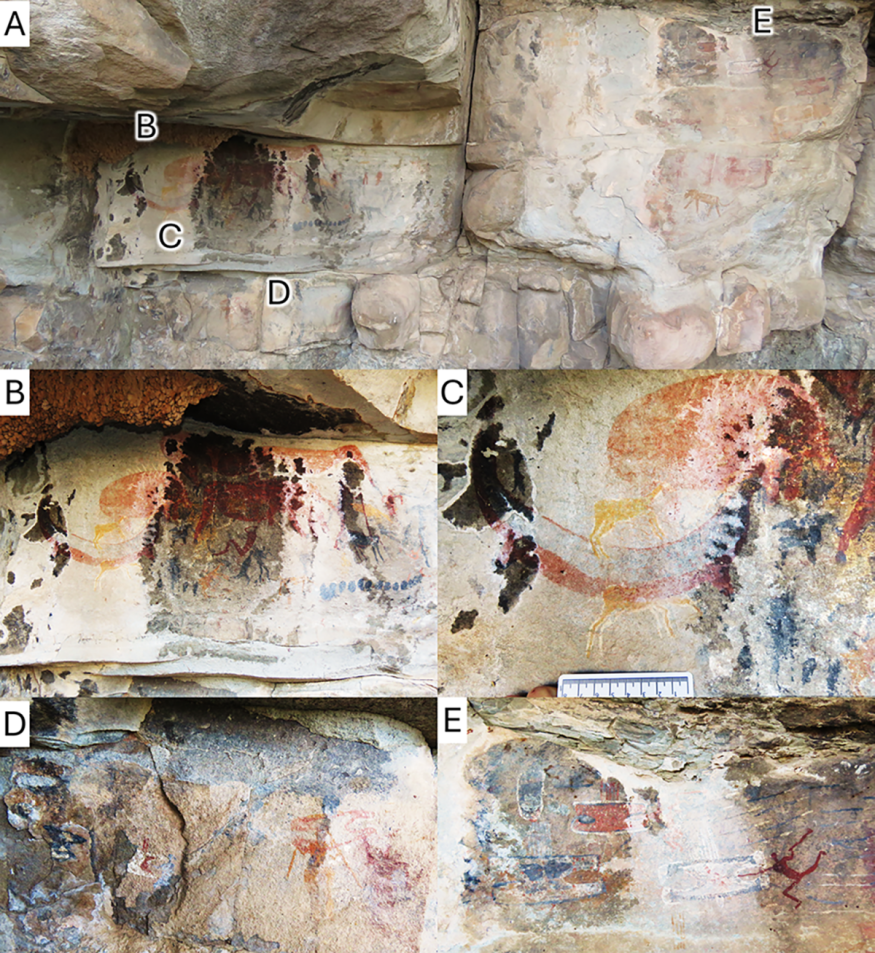Extinct Animal Predating Dinosaurs Discovered in South African Cave Art
Long before the dinosaurs walked on earth, there were already animals that survived in the wild, and a South African cave painting may be the key to finding these species.
In a study by Julien Benoit (2024), the now-extinct animal species lived more than 200 million years ago that they either went with dinosaurs or survived after their demise. Found in an archeology site called 'La Belle France' in South Africa, researchers named it as The Horned Serpent Panel.

The animal, painted by San people between 1821 and 1835, has a long body and tusks that are down-turned and has no similarities to animal species in the area at the time.
Mysterious Extinct Animal from the South African Cave Art
According to Newsweek, Benoit suggested that the South African cave art depicts a dicynodont, which are fossils that are often found in the Karoo Basin, or where the La Belle France is located.

Dicynodonts are also large herbivores with tusks similar to walrus and beaks like turtles. They are also mammal-like and possibly lived in the country from 265 to 200 million years ago, which is ahead of the dinosaurs. At the same time, they are considered therapsids that evolved into mammals during the Mesozoic Era.
ART News shared that the San people have been showing animals, environment and fossils into their artworks, some as far as 250 million years ago. These people transported fossils and integrated them in their art in accurate ways. In fact, Benoit stated that she was able to pinpoint the exact species of this cave animal because their anatomy is easy to interpret.
Besides, the San do not rely on their imaginary capability when it comes to paintings since the entirety of their art was animals that lived in the area. Benoit believes that it's a dicynodont because no walrus, saber-toothed cat, and tusked animals lived in the area or they are often too rare to catch.
The South African cave art was also painted 10 years before scientists formally recorded dicynodont fossils, which proves that they had known about it before its discovery.
From Digital Models to 3D-Printed Homes: Jaspreet Kaur Lall Explains How the Innovation Changes the Construction Industry

Future Belongs to Green Construction: Sampath Kumar Paspunoori Explains One of the Key Trends in the Construction Industry

Kamala Harris' Campaign Ad Uses Iconic Visuals from Carrie Mae Weems to Connect with Voters

Historic Ancient Roman Ruins in Baalbek Remain Strong After Israeli Air Strikes; Locals Seek Cultural Protection

4 Ways to Honor Departed Loved Ones in Your Home Design












